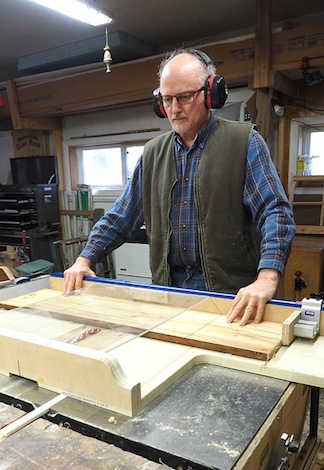
Cross Cut Sled
You could even prep the wood on the floor with a circular saw. But, you have to have space to do this and a circular saws tends to leave a very ragged saw cut.

You could even prep the wood on the floor with a circular saw. But, you have to have space to do this and a circular saws tends to leave a very ragged saw cut.
Book Case window seat
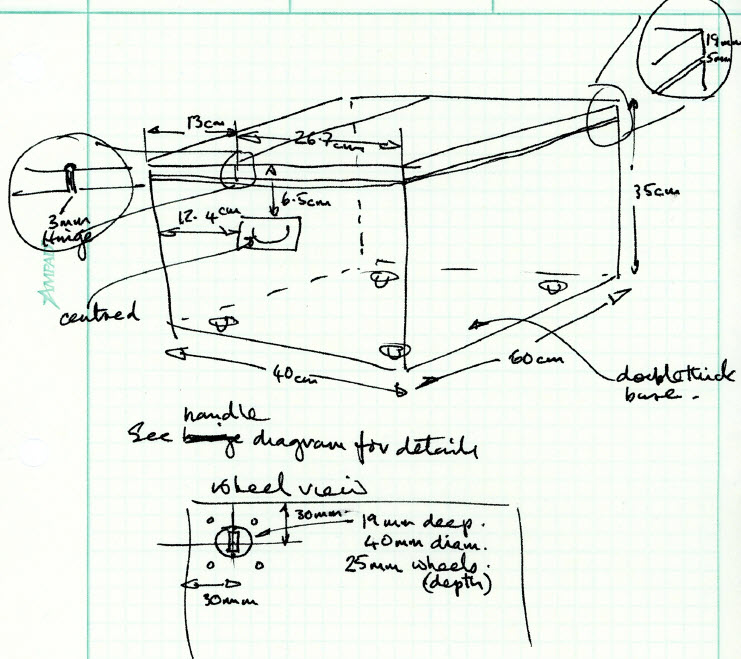
A couple of weeks ago, a friend called to say she wanted a simple, no-frills box made for her teardrop camper, and would be round to talk details. A couple of hours later Louise appeared with trailer in tow.
The box was going to be for storing clothes and had to fit within the under-shelf area, be easy to slide in and out and have a lid.
Since the entire inside of the trailer is beautiful maple ply wood, I decided to use 19mm furniture grade ply.
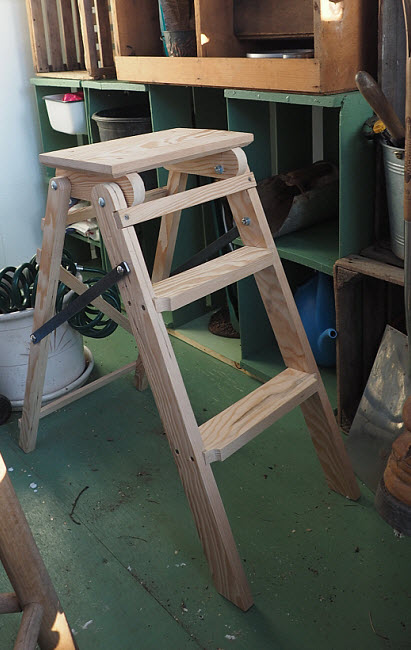
In 1862, John Basely invented the first stepladder by putting a hinge at the top of two ladders so that they could be folded and easily stored. Born in Pennsylvania, Basely was a master carpenter and inventor, receiving the first US patent issued for a safety stepladder. Ladders had of course been used for millennia prior to his invention, but the changes Basely made to the design were hugely important, including the addition of hinges and using flat steps instead of rungs for safety. As you can imagine, he went on to become a very wealthy man.
This article will not make you wealthy, but it will give you a lift in life and an insight into the mechanics of making a stepladder.
I have at least 4 different stepladders ranging in height from 1-2m. Often when reaching heights for a project, a few extra centimetres make all the difference in reaching those hard to reach areas.
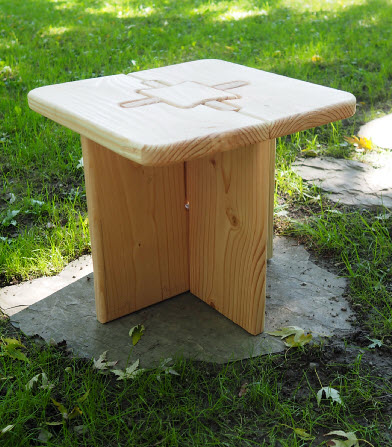
Several weeks ago, a friend of mine – knowing my obsession with all things wood – said “I have a puzzle table I think you’d like”. As a child growing up we were constantly doing jigsaw puzzles and it generally involved taking over the kitchen table for several days and having to eat in the living room.
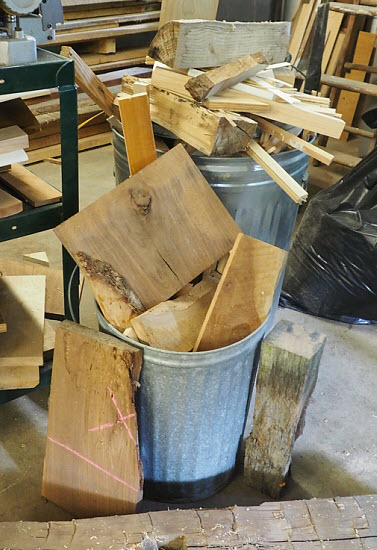
This season, in the woodshop, I’ve been focusing on the rustic look. As woodworkers, we acquire many things including tools and books, but the most space consuming items by far (at least in my woodshop) are several bins over-flowing with off-cuts and scraps. And as Anthony (editor) mentioned in my last article – keep all those scraps – you never know when you might need a piece.